
Did you know that plants in our usual environment — that’s not all, what can please us nature? We will introduce you to new varieties and phenomena that are fraught with many incredible opportunities. And the familiar plants will open from an unexpected side. And most importantly-this list of facts will help to better understand our favorite country world.
1. Yellow fruit viburnum exist!
Oh, this Internet! No wonder that at the sight of such an unusual yellow viburnum there is only one question: photoshop? Fortunately, this plant really exists, just not yet common. It Yellow fruit viburnum — viburnum ordinary. It is her variety ‘Xanthocarpum‘ forms a low lush Bush with such beautiful fruits unusual Golden yellow.
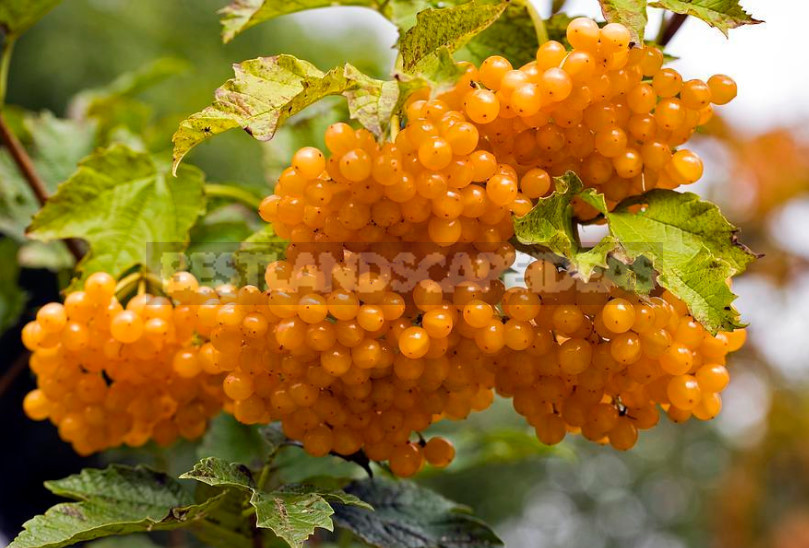
It is noteworthy that before fruiting this plant looks very similar to the red viburnum. And distinctive features begin to appear only at the end of summer at the time of ripening berries, which acquire a yellow color, becoming transparent after frost (by the way, the taste of berries of yellow viburnum is the same as that of red).
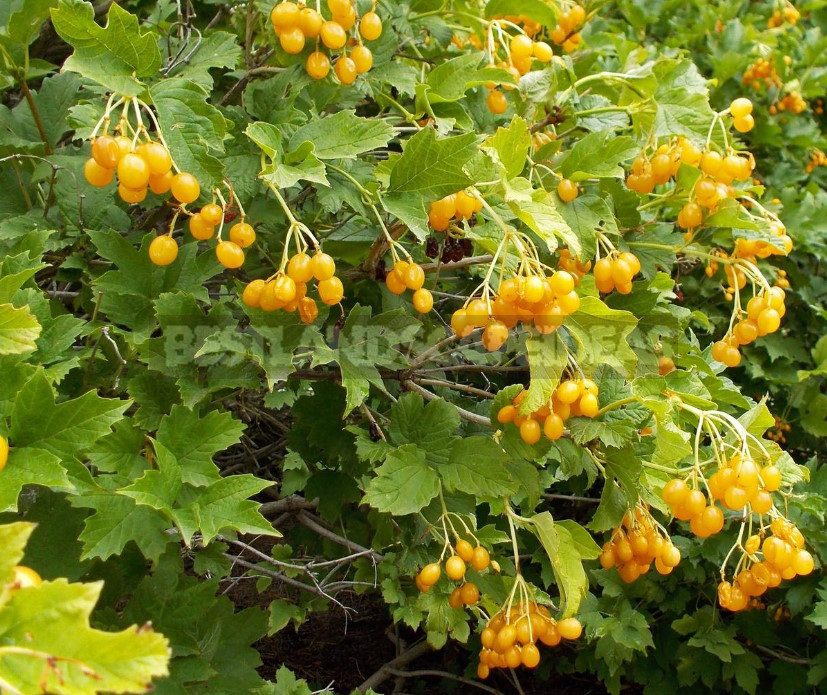
In addition, the leaves of this viburnum in the autumn do not blush, but remain green for a long time, yellowing only with the onset of significant cold weather. Like the red-fruit form, this beautiful shrub prefers moist and Sunny places, tolerates the average frost.
2. Flax is not only blue
Breeding science does not stand still. In our time, there are many decorative varieties of flax, different in color and shape of flowers. Very effective ‘Rubrum’ and ‘Mars‘ with large red flowers. But the red-flowering variety ‘Starfall‘ is also an unusual form of flowers (in the form of stars) and abundant long flowering. Variety ‘Blush‘ is represented by flowers discreet, pale pink color.
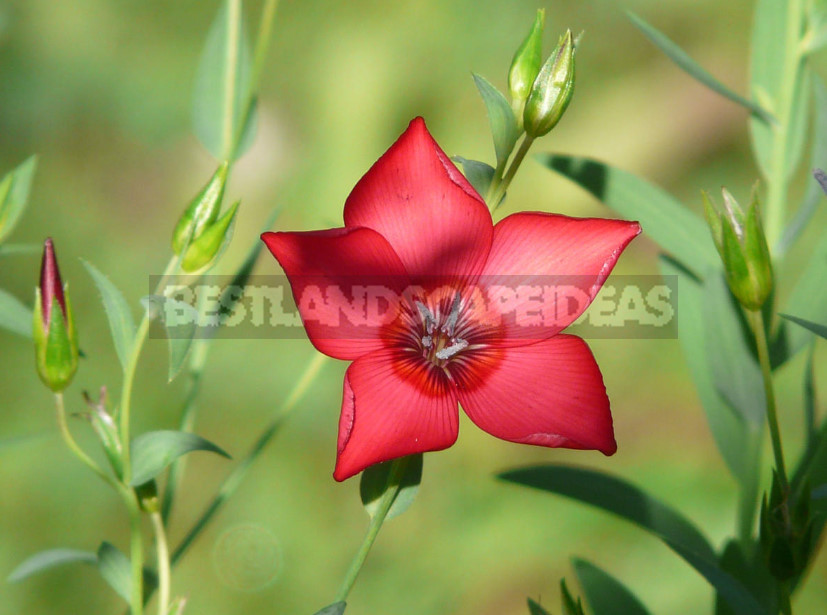
One of the most unusual varieties of decorative flax – ‘Aurora’. Its flowers are different non-standard color-they have a red middle and yellow petals, although sometimes the color of the petals can vary to light red. Among the varieties with yellow flowers stand out ‘Compactum’ and ‘Goldzwerg’. Interestingly, the flax ‘Compactum’ has a large size – up to 30 cm in height, and the variety ‘ Goldzwerg’, on the contrary, is represented by compact plants-only 10 cm in height.
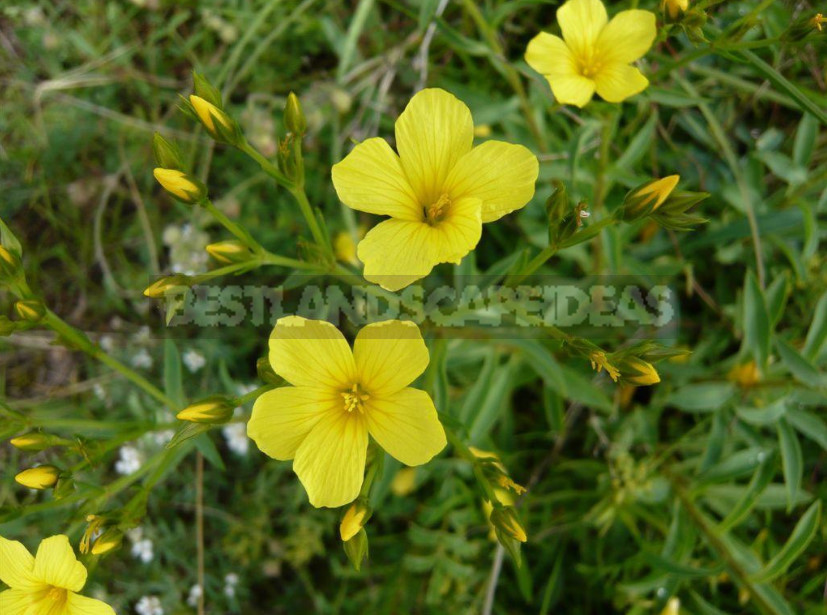
Grow decorative flax is quite simple, especially since it is able to reproduce by self-seeding. Flax is unpretentious, grows well on a variety of soils, but most effectively looks on rocky hills among succulents and small shrubs. It requires a lot of sun and regular watering, but it does not tolerate stagnation of water.
3. Flowers-antagonists: there is such!
Antagonism in the world of plants is a fairly common phenomenon. It is connected with the struggle for life and a place under the sun. Conditionally antagonism can be divided into soft and quite hard. In the first case, plants, being nearby, compete for nutrients in the soil and for space for growth, while trying to displace each other. In the second case, the plants are tougher. They saturate the soil and air around them with harmful substances that can destroy an uninvited neighbor. Therefore, when forming flower beds, this phenomenon should be avoided.

So familiar to us garden Lily of the valley is able to displace most similar in size garden flowers, especially Myosotis, Matthiola, Viola. But garden Anemone, on the contrary, suffers from neighbors, as its root system is not able to compete with other plants. Aster can’t grow near Phlox, and tulips can’t get along with poppy. Artemisia absinthium is also able to oppress and displace many light-loving garden flowers. But aggressive Ambrosia just destroys all the plants around.
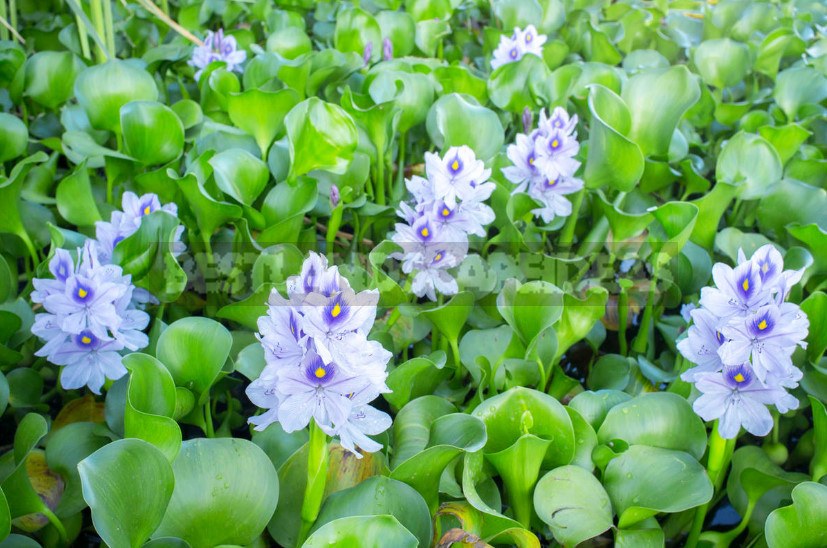
Banish each other plants can even in the garden pond. For example, Eichhornia crassipes, which have grown excessively, can destroy not only the usual for the ponds Nymphaea and Nuphar, but even provoke the death of fish, as they prevent oxygen saturation of water. And I want to say: flowers, be kind!
4. Is it worth trying to grow wasabi?
It is known that Wasabia japonica or eutrema japonicum is a plant of the Cabbage family, to which horseradish also belongs. And this is not surprising, because only the brothers in the family can have such a similar taste!
This herbaceous perennial (about 45 cm high, with wide heart-shaped leaves on long stalks) is grown for the sake of a thick juicy rhizome, reaching a thickness of 5 to 15 cm, which is used as a seasoning. Due to the special substances — isothiocyanates, inhibiting the growth of bacteria and microbes, this vegetable is used in the treatment of many diseases. Regular consumption of it prevents the development of caries, blood clots, inhibits the growth of cancer.
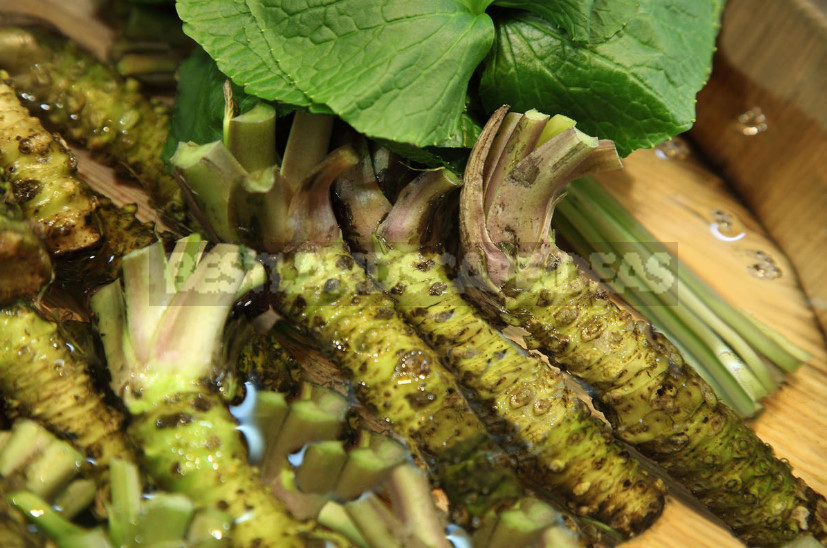
Growing Wasabia japonica is a complex and time-consuming process. In Japan, it is grown in cool running water (often near mountain rivers) or hydroponic systems. Wasabia japonica, planted on an ordinary bed, grows poorly and does not have the necessary taste, being considered second-rate.
Wasabia japonica seeds germinate at a temperature of +3…+5°C. Seedlings are placed for several months in a special nursery. Further, young plants are grown on the beds of gravel, located along the streams with clean running water, which has a constant temperature of about 7…+13°C. after 18 months, the plants are removed. Collected rhizomes to preserve the valuable qualities must be processed on the day of collection. It’s very troublesome, isn’t it?
5. Mimosa-tree?
The world will never be the same, because the plant, which is popularly called Mimosa and is considered a flower, in fact — a kind of Acacia, namely Acacia dealbata. It blooms from the end of January, sometimes for several months. And it is her shoots with yellow fragrant flowers used to create spring holiday bouquets.
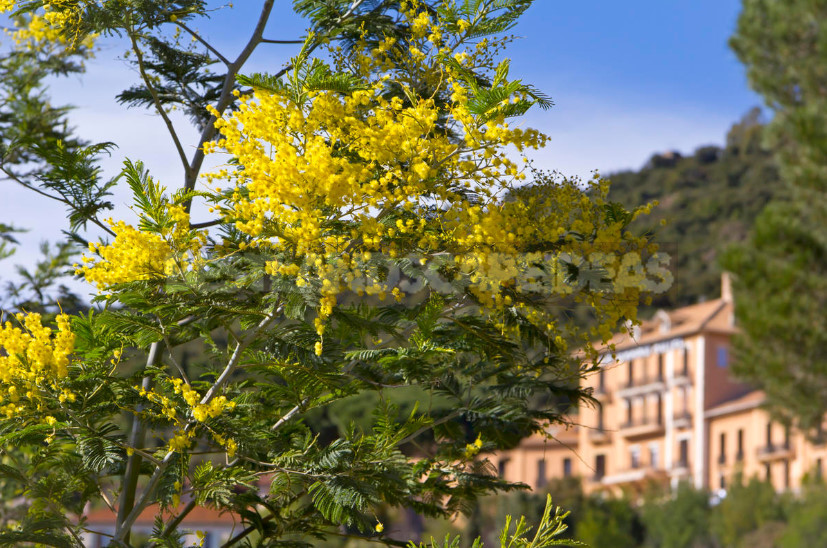
This thermophilic evergreen tree can tolerate only short-term temperature drops to -8°C, so in the open field it can grow only in the South. However, you can try to grow Acacia in a container, but in the winter it will have to be transferred to a cool bright room until the warm spring days.
To continue, read the article Interesting Facts about Familiar Plants: Unexpected Variations and Phenomena (Part 2).

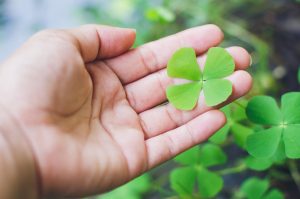
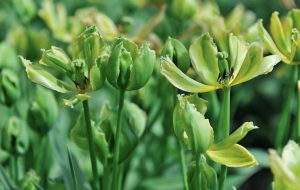
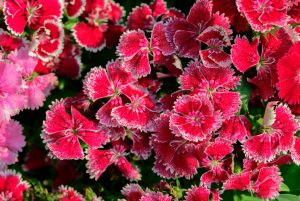
Leave a Reply